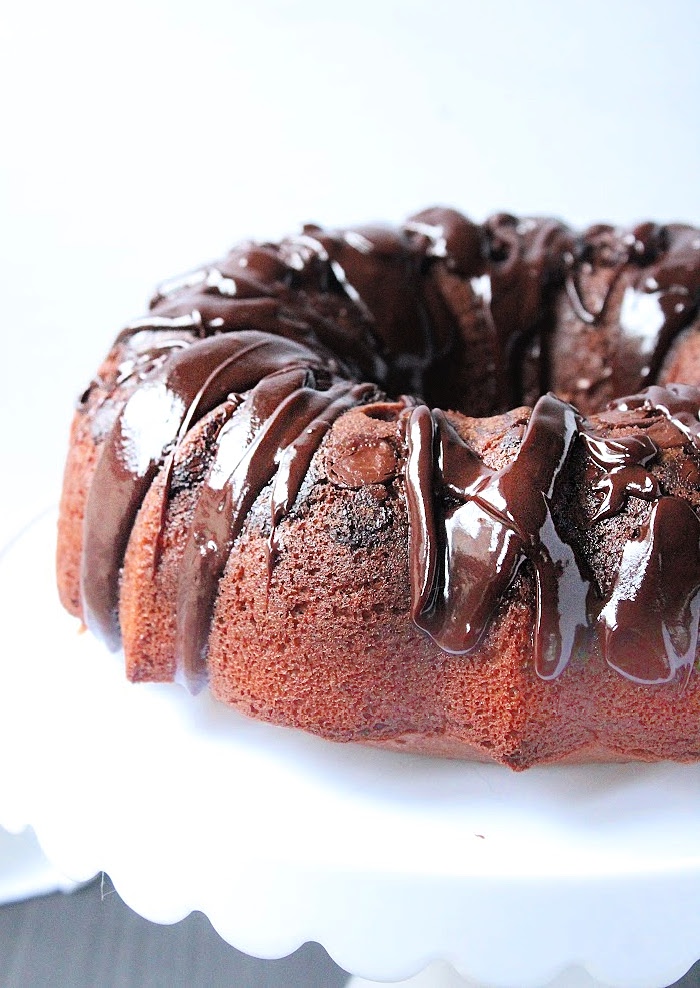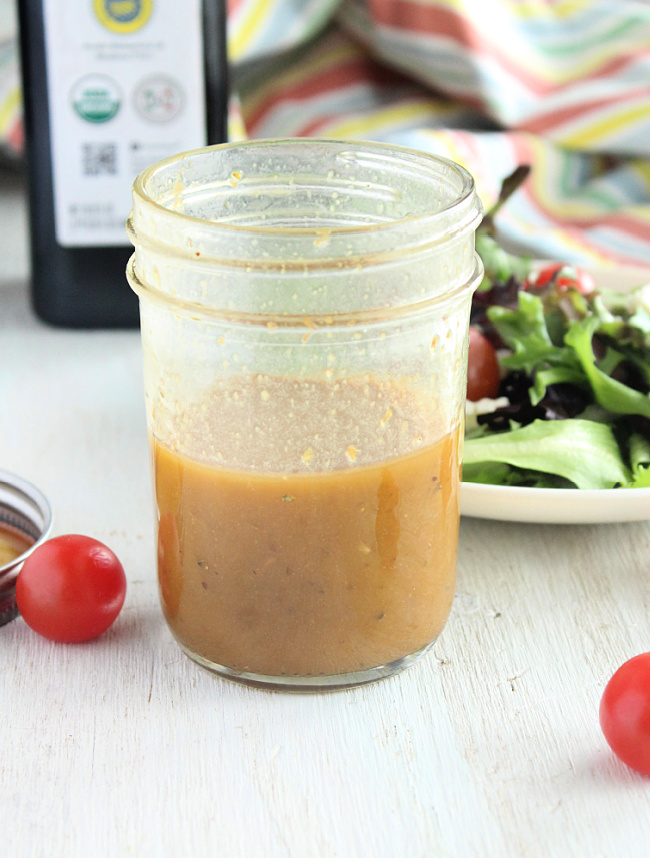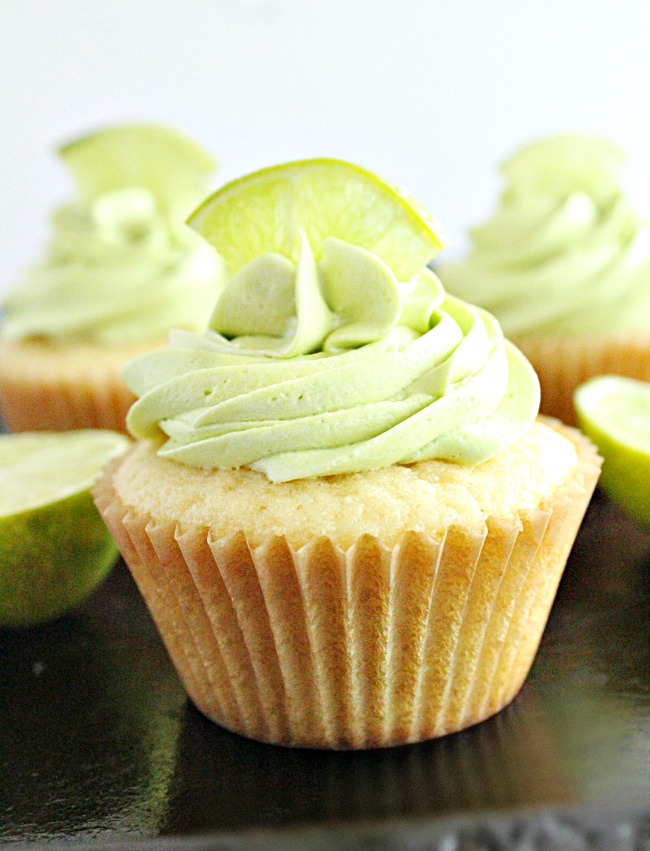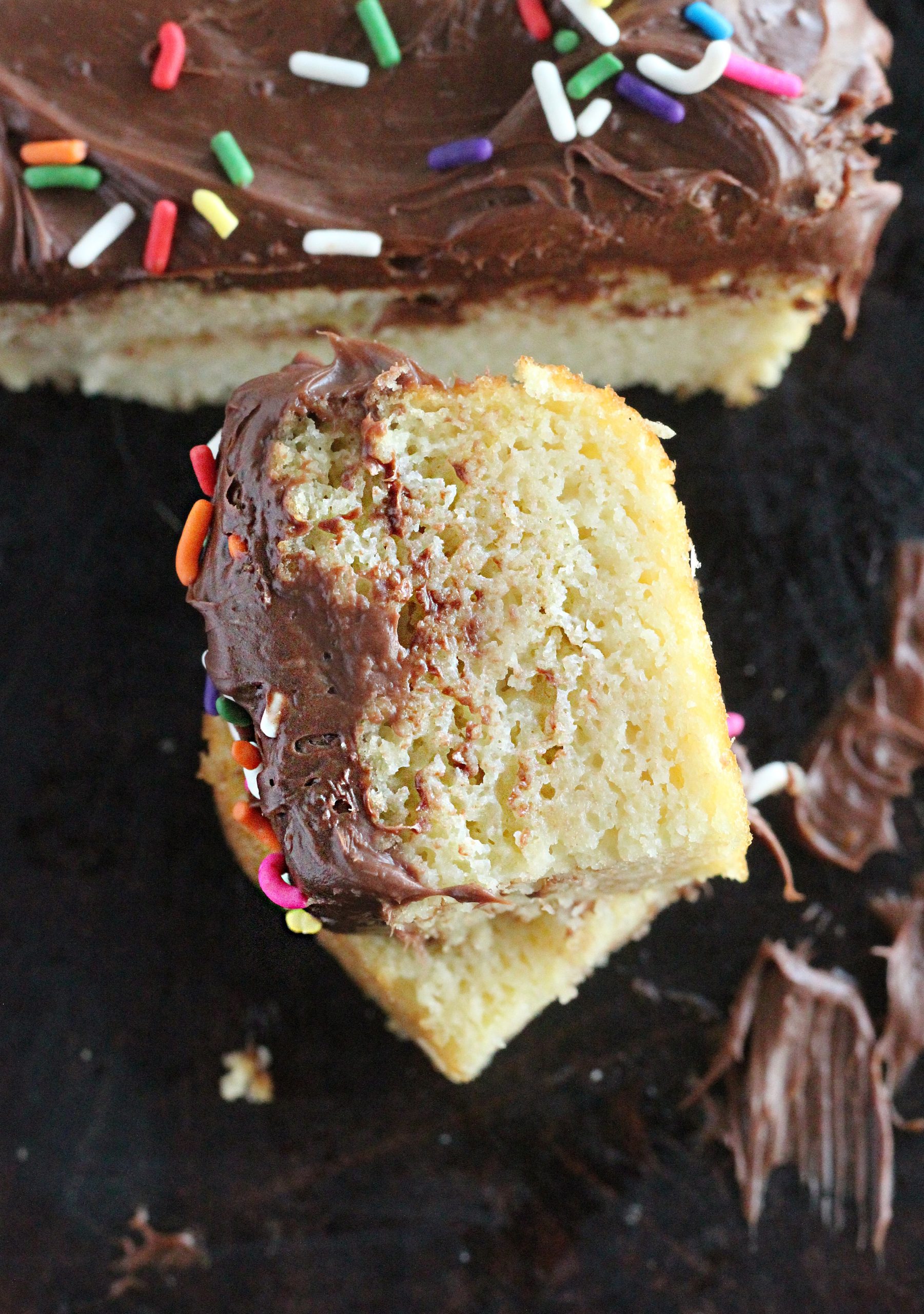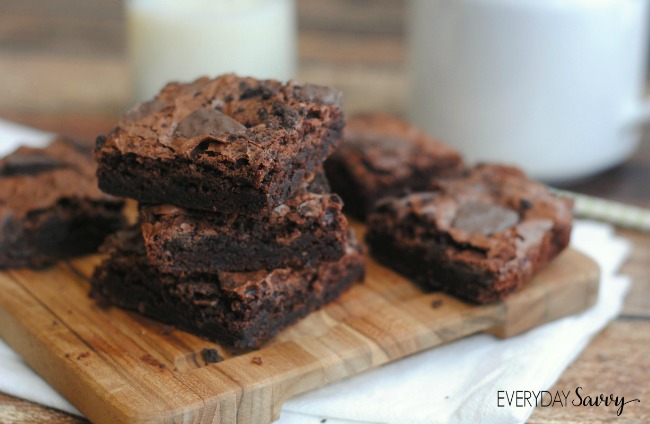14 Forgotten Summer Sweets Regional Bakeries Still Make
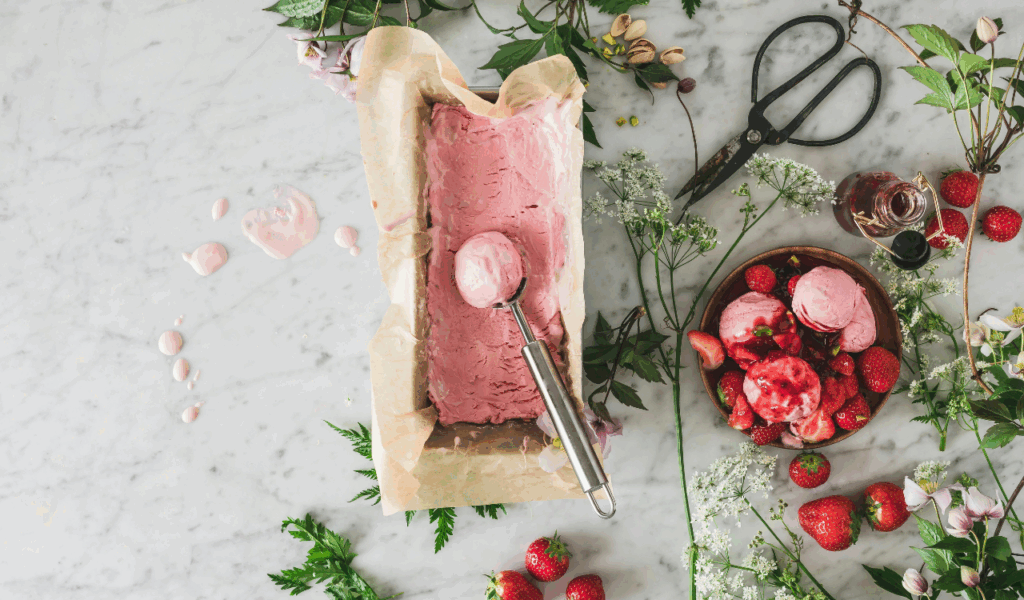
In many parts of the world, summer is about more than just sun, sea, and relaxation—it’s also about sweets. When fruit was ripe, ovens were hot, and local orders were coming in, those were the desserts that local bakeries used to produce. Due to modern dessert trends, refrigeration, industrial baking, and shifting tastes, many have disappeared. However, some bakeries continue to use recipes that seem to be preserved in time: fruit-filled pastries, chilled creams, cakes made with custard, and syrupy treats that everyone used to adore. Let’s bring back memories with these 14 summertime treats that, if you know where to look, are still being made, deserve more recognition, and were once mainstays at neighborhood bakeries.
1. Clafoutis (French Fruit Custard Tart)
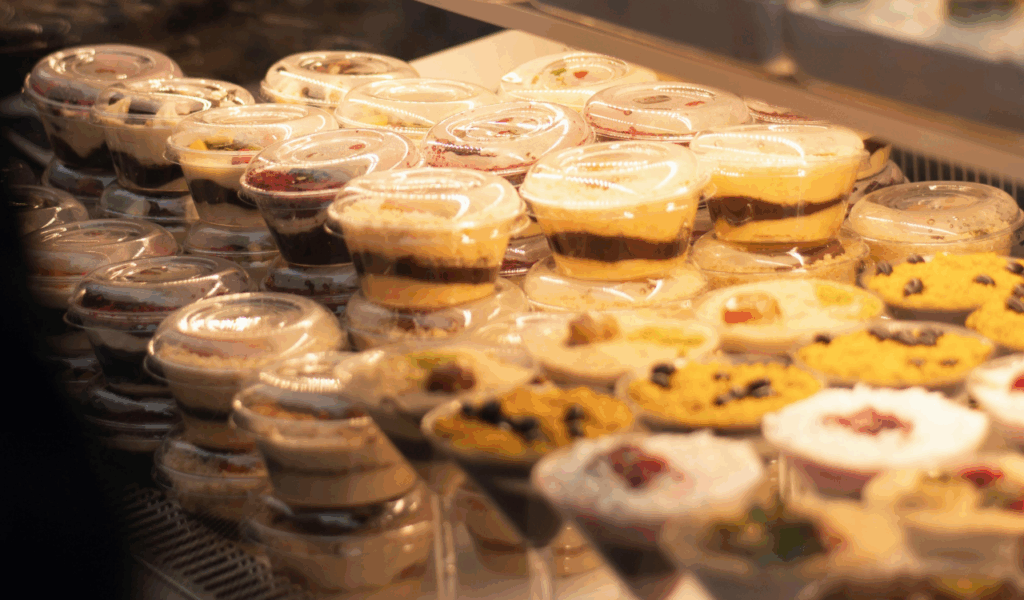
Fruit, usually unpitted sour cherries, are arranged in a buttered shallow dish and then covered with a pourable custard-like batter consisting of eggs, milk (or cream), flour, sugar, and a dash of salt to create the rustic French dessert known as clafoutis, which originates from the Limousin region. According to Wikipedia, it is baked until it is set but still has a little give in the middle. After cooling slightly, it is frequently sprinkled with powdered sugar and served warm or room temperature. (Cookie and Kate) Their simplicity—fruit-forward, mildly sweet, and free of thick frostings—makes them appealing. They’re ideal for summertime, when fresh fruit is plentiful and people prefer light fare. Because custards are delicate, many bakeries stopped making clafoutis in large shallow pans for walk-in customers or to sell by the slice.
2. Icebox Cake
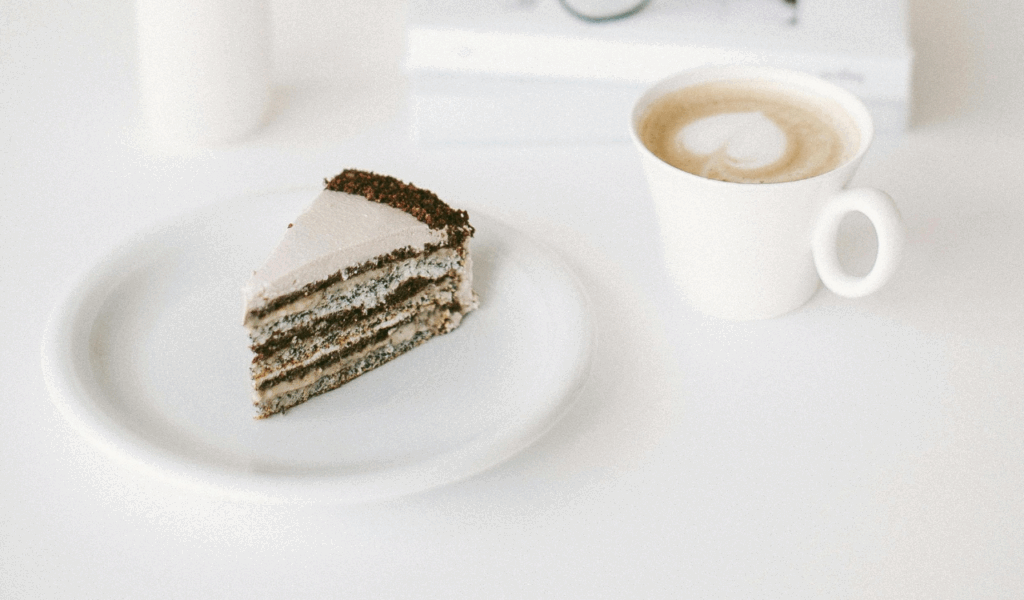
Icebox cake, sometimes referred to as wafer cake or refrigerator cake, is a no-bake dessert made by layering cookies or wafers with pudding or whipped cream in between, then chilling the mixture until the layers combine. (Wikipedia) When iceboxes, the pre-electric refrigeration units, became widely available in the early 20th century, it gained popularity. According to Wikipedia, the cooling process softens the wafers or cookies, blends flavors, and creates a delightfully creamy texture without baking. It’s particularly alluring in the summer because there is no oven heat and the dessert is cool. Mini icebox cakes were once produced by many bakeries, but due to concerns about the consistency and freshness of the cream, they are now almost exclusively made by hand.
3. Far Breton
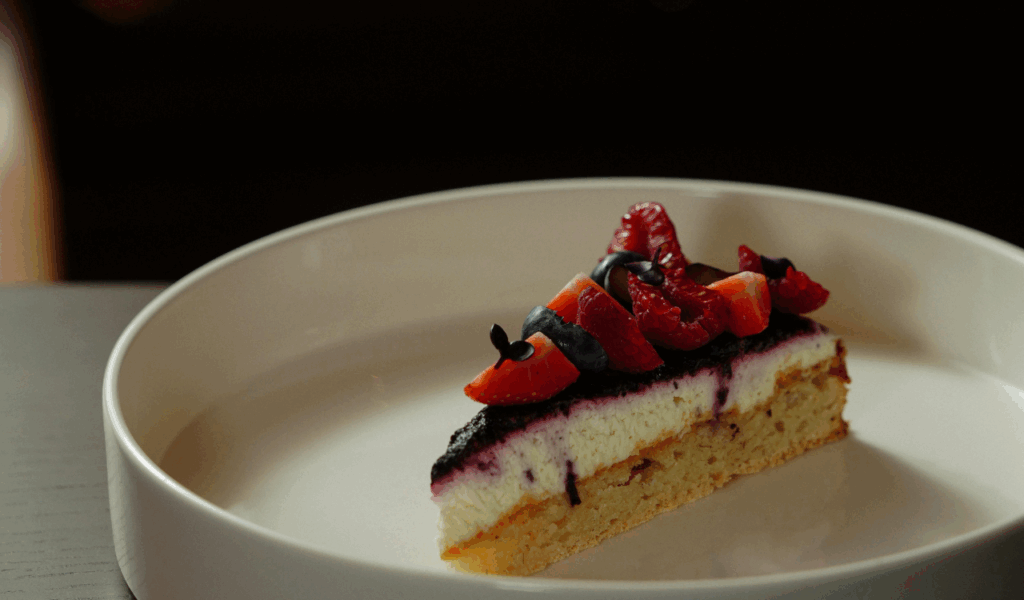
Far Breton is a French dessert from Brittany that has ingredients like raisins or prunes and a batter similar to clafoutis, which is a flan-like mixture of eggs, milk, and flour. It produces a slightly browned, occasionally nearly caramelized top and a custardy interior (Wikipedia). Moderately sweet, earthy, and comforting, the texture is lighter than a loaf but richer than a pancake. Dried fruits can be soaked in advance during the summer, and serving them cold or at room temperature is frequently preferable. Large “fars” for markets were once baked by many regional bakeries, but fewer businesses continue to do so due to shifting profit margins and shorter slice life.
4. Mango Float (Icebox‑Style Tropical Cream Cake)
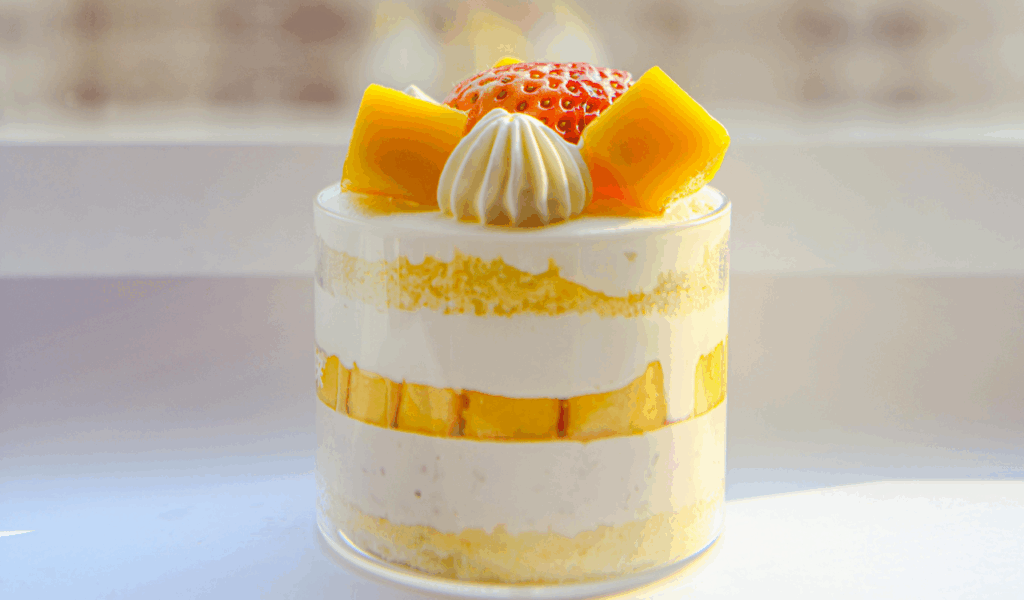
Mango Float, sometimes referred to as mango icebox cake or mango graham float in other countries, is made up of layers of ripe mangoes, biscuits or graham crackers, and cream (usually whipped cream and/or condensed milk). Instead of being baked, it is chilled, allowing the flavors to combine. Originating in tropical regions with an abundance of mangoes during the summer, it is a seasonal favorite due to its ability to maximize the flavor of fresh fruit (Wikipedia). Nowadays, bakeries that once sold tiny portions in plastic cups or slices occasionally drop them because it can be difficult to transport delicate layered desserts without the use of contemporary refrigerated display cases and cream can separate when heated.
5. Flaugnarde
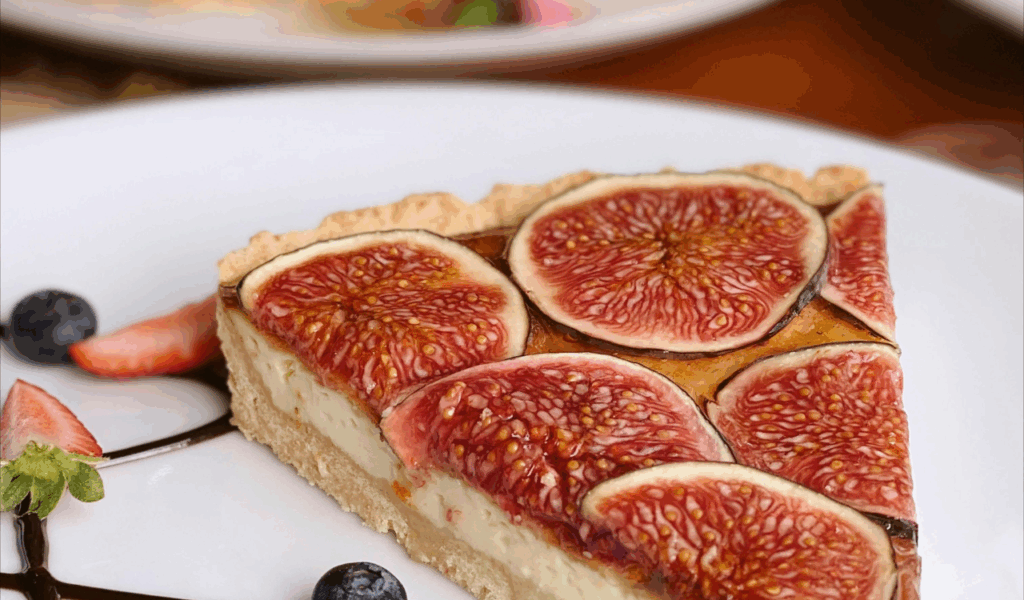
Similar to clafoutis, flaugnarde (also called flagnarde) is a French dessert that uses fruits other than cherries, usually apples, peaches, pears, plums, or prunes. (Wikipedia) The fruit explodes with summer sweetness, and the batter is flan-like and soft when baked, with a hint of browning around the edges. Usually, powdered sugar is used to dust it. Baking flaugnarde without it getting soggy at the bottom requires practice because fruits differ in their water content, texture, and juice release. Due to consistency problems and the ease of mass-producing simpler fruit pies or tarts, many bakeries phased it out.
6. Bread Pudding with Summer Fruits
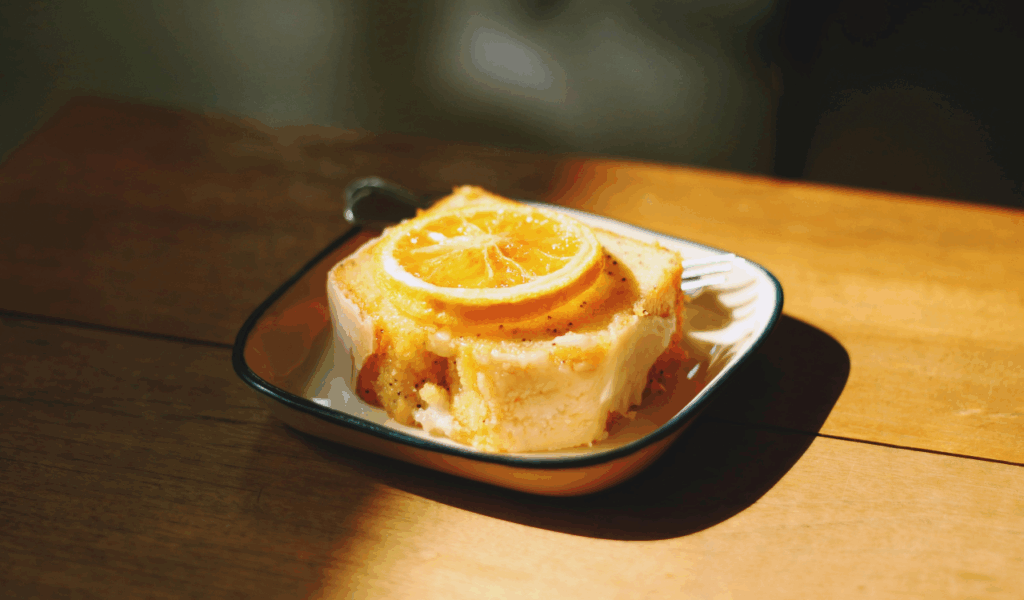
Stale or leftover bread is soaked in milk, egg, sugar, and sometimes vanilla or spices to make bread pudding, which is then baked until the top is golden and the inside is custardy. Regional bakeries frequently incorporate seasonal fruits for the summer, such as tropical fruits, stone fruits, or berries. The additional fruit adds juiciness and freshness. It’s cozy and affordable. However, because heat speeds up spoiling and bread pudding has a short shelf life (especially when fruit is added), many bakery owners cut back. Fruit moisture can lead to bacterial growth if not stored properly, so strict temperature control and hygiene are required.
7. Frozen Lemonade Pie
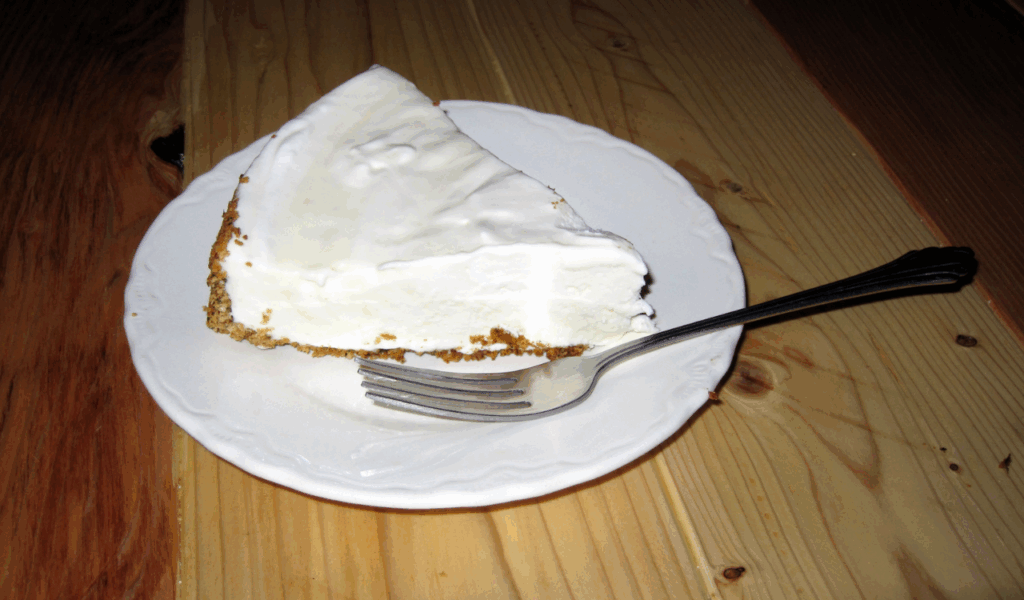
This is a classic dessert that combines a graham cracker or cookie crust with tart lemonade flavor (lemon juice, zest, and occasionally condensed milk or cream), and it’s usually frozen or chilled until it solidifies. Instead of being heavily frozen, the texture is icy-creamy. Bright, tangy, cool, and incredibly quick, it’s the perfect summer dessert. Bakeries used to serve slices that were kept in freezers, but many stopped doing so in favor of simpler cheesecakes or fruit tarts due to freezer space constraints, the risk of melting during transportation, and consumer demand for more “Instagrammable” foods.
8. Ambrosia Salad
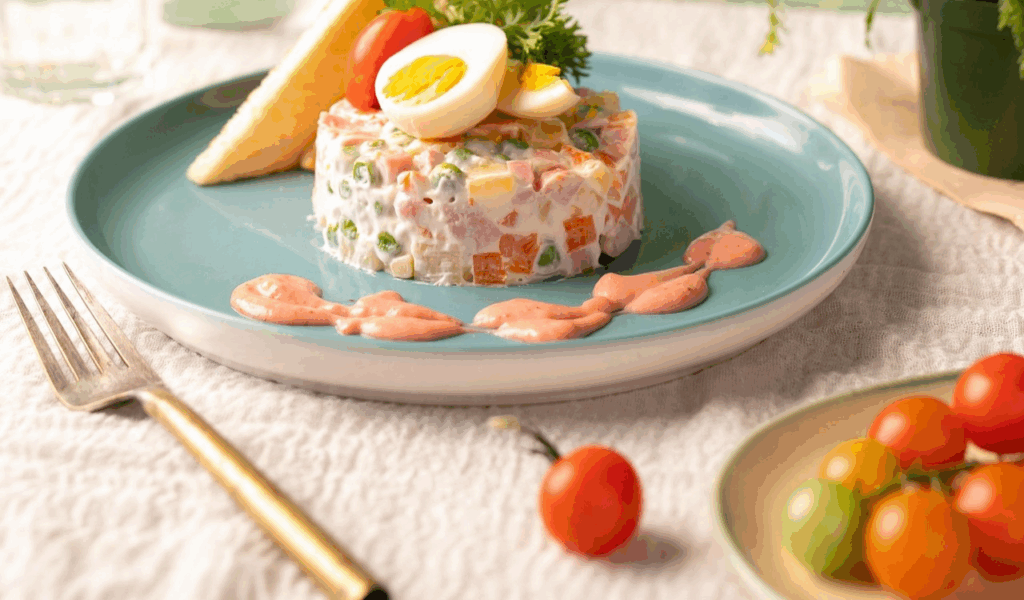
Fruit (usually fresh or canned), coconut, nuts, tiny marshmallows, and creamy dressing (sour cream, whipped cream, or a combination) are the ingredients of ambrosia salad, a chilled dessert or side dish. It was a mainstay of many local sweet shops and bake sales in America. Modern bakeries frequently overlook it because it necessitates chilling, a careful balance of sweetness, and appropriate storage to prevent coconut from drying out and cream from separating. When executed properly, however, it has a light, fruity, textured, and nostalgic feel.
9. Ma’amoul Filled Cookies
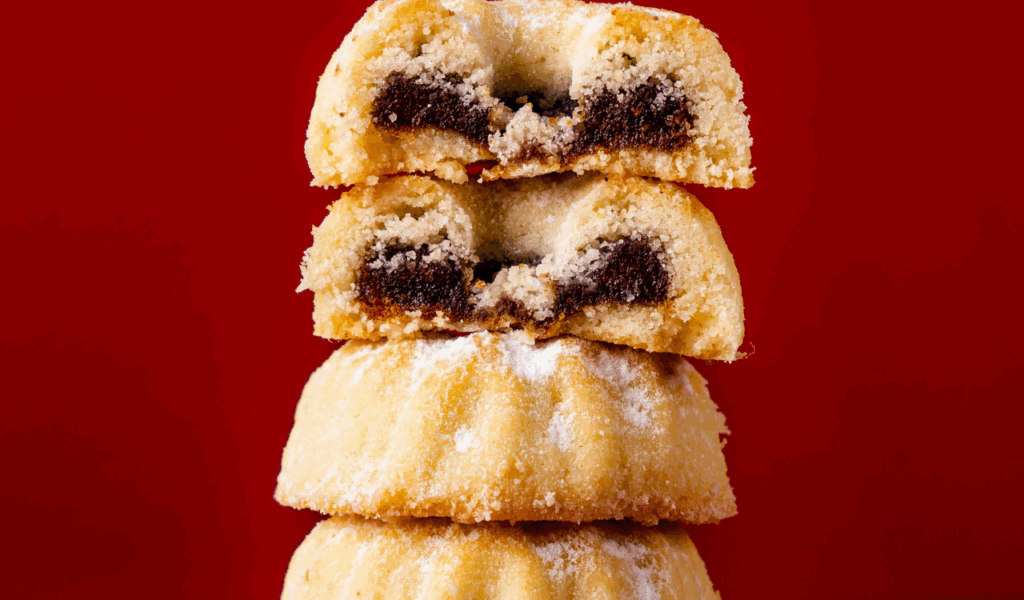
These are Middle Eastern shortbread or semolina cookies that are frequently filled with figs, dates, or nuts. Although they weren’t solely summer treats, many local bakeries in warm climates used to make them for summer celebrations or to sell with cold beverages. Although they travel well, more ostentatious desserts may overpower their flavor. Since they are frequently prepared in season, younger generations may favor chocolate-centered treats or contemporary pastries.
10. Flapper Pie
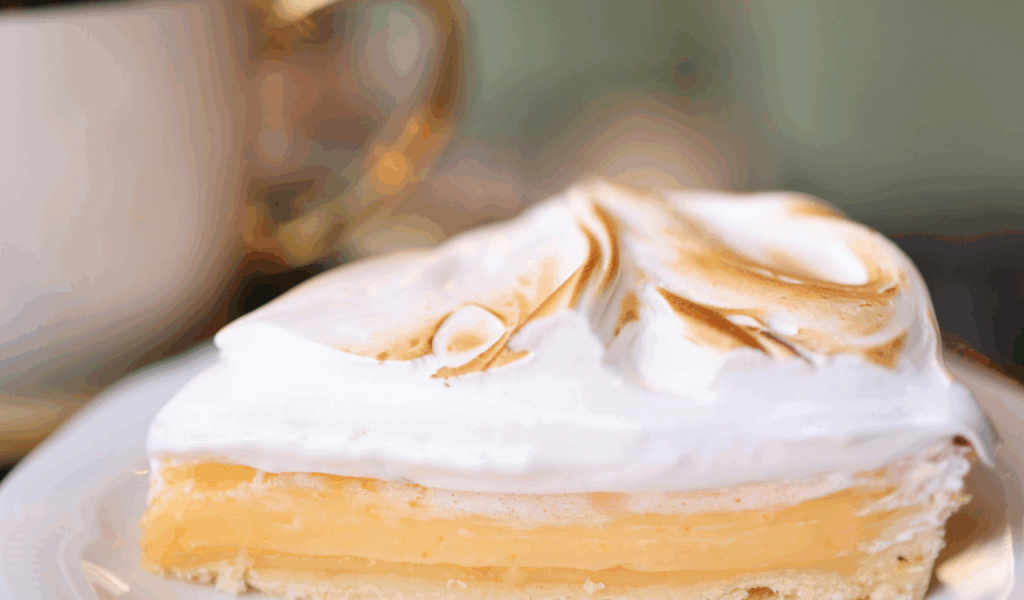
A classic from the Canadian prairies, flapper pie has a meringue top, a vanilla custard filling, and a graham cracker crust. A slice is reassuring without being overpowering, and it’s rich but light (Wikipedia). In the past, a lot of neighborhood bakeries would make the custard, add meringue right before baking, and then sell it the following day. However, because meringue is delicate and custard pie is hard to maintain in hot weather, many stores stopped producing it widely.
11. Far Breton‑Style Prune Cake (Variation)
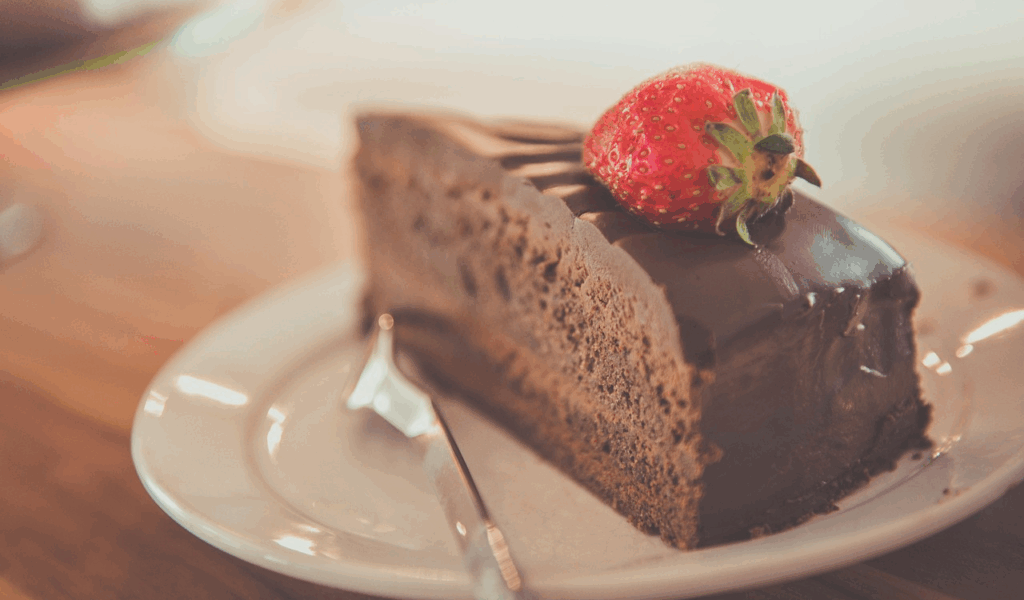
Prunes are soaked (sometimes in rum or local spirits) and then combined with the flan-like batter in this Far Breton variation. The prune balances the sweet custard base by adding rich caramel notes. These are baked by regional bakeries that export prunes or have a local dried fruit tradition, particularly in colder climates. However, they are now less frequently produced outside of traditional-keeping stores because dried fruit may increase moisture, shelf life, and texture issues.
12. Ma’amul Flour Dough & Date Paste Rolls
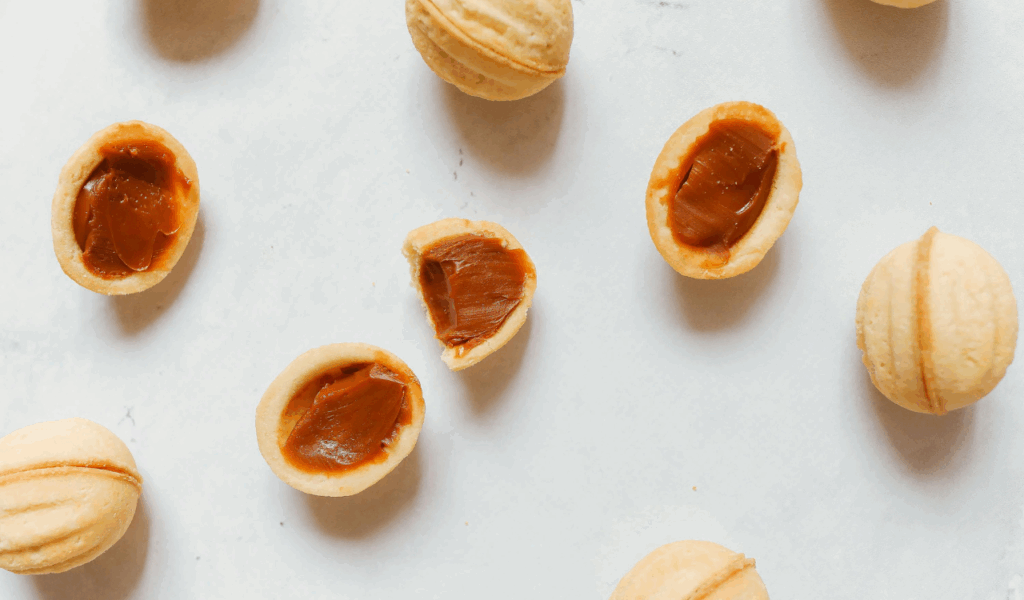
These are flat, domed candies or rolled cookies that are filled with date paste (or a combination of nuts and fruit) and are frequently baked in molds. While they may not be as refreshing in hot weather, many local bakeries used to serve them in the summer as a portable and well-stored sweet to go with lightly chilled milk or tea. They are long-lasting due to their delicate sweetness and frequent avoidance of thick frostings or creams. However, they are frequently overlooked due to competition from richer confections.
13. Kalakand or Milk‑Cheese Squares
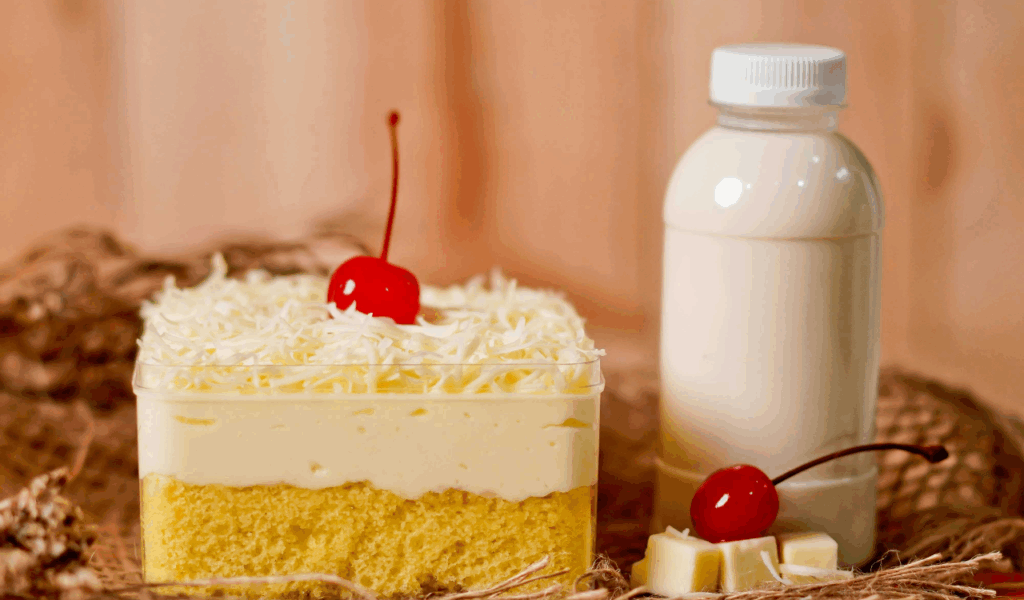
Milk from the Indian subcontinent is thickened, curdled to make chhena, pressed, sweetened, and occasionally flavored with nuts before being cut into squares. Regional bakeries used to make variations of milk-cheese desserts with seasonal accents, such as mango pulp, rose, etc., during the summer. These desserts are rich but can be served cold. Unless they have adequate refrigeration and make them fresh every day, many bakeries cut back on these items during hot seasons because milk spoils more quickly in hot weather.
14. Chhena Poda
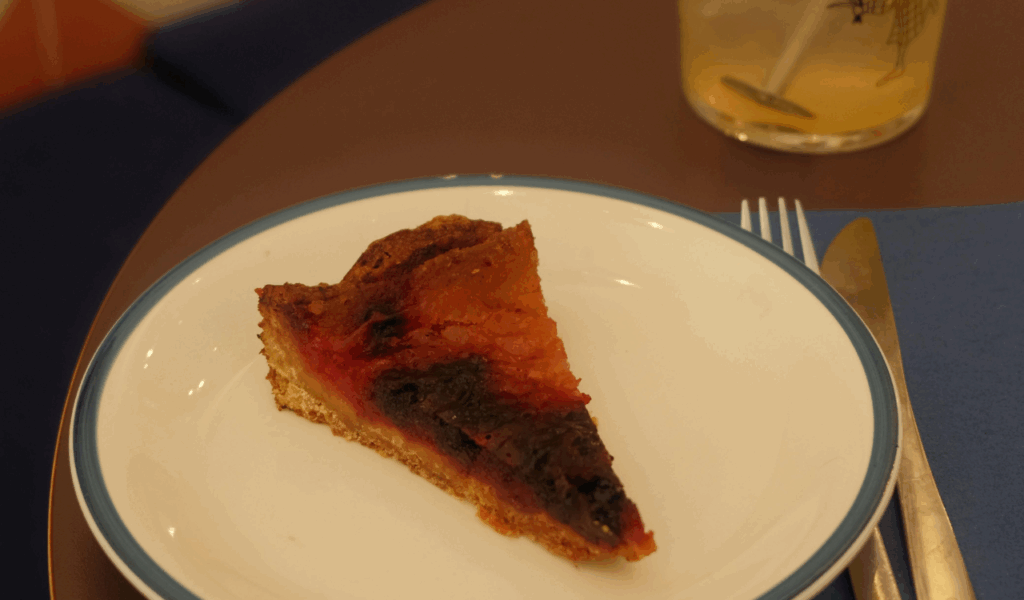
Known as “burnt cheese,” chhena poda is a cheese dessert from Odisha, India. It is made with fresh chhena, a type of cheese, sugar, semolina, and occasionally nuts. It is then slowly baked until a caramelized crust forms. It has a dense, rich, and smoky-sweet flavor that is satisfying (Wikipedia). Despite being baked traditionally, it keeps well in the oven and keeps flavoring at room temperature. Local bakeries continue to produce it, particularly in areas where the tradition of fresh cheese sweets is deeply ingrained. However, many modern shops either avoid or make it less often due to the delicate nature of making chhena, the infrastructure needed for fresh milk and cooling, and competition from more shelf-stable sweets.
